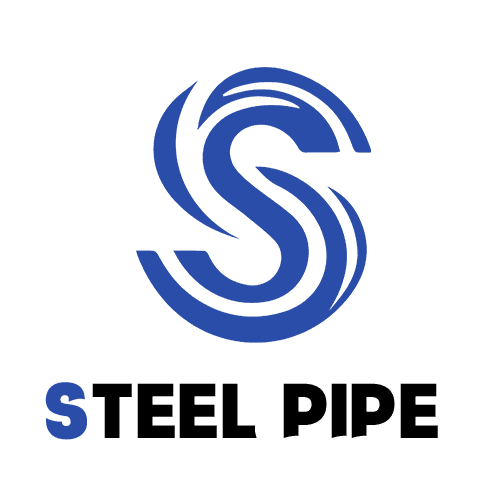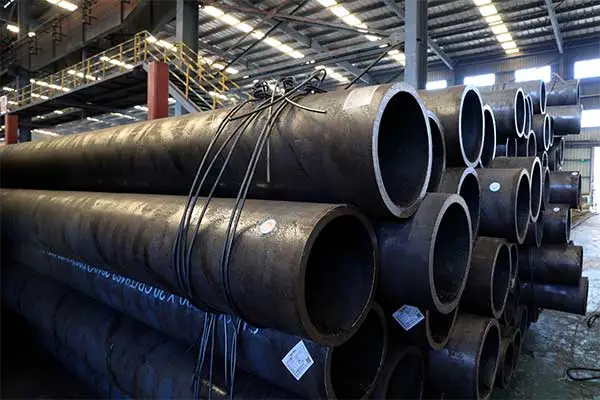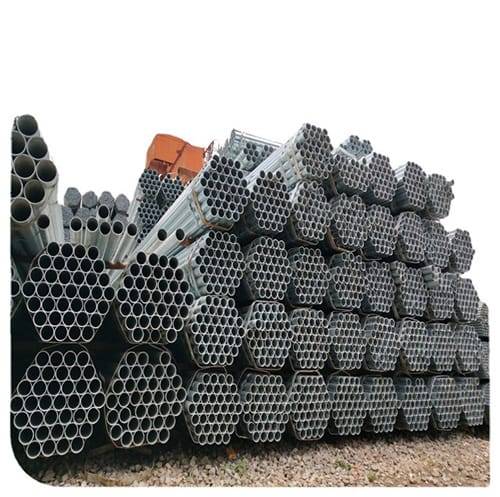Welcome to My Blog!
Before we dive into the content, I’d love for you to join me on my social media platforms where I share more insights, engage with the community, and post updates. Here’s how you can connect with me:
Facebook:https://www.facebook.com/profile.php?id=61559060896490
Now, let’s get started on our journey together. I hope you find the content here insightful, engaging, and valuable.
Introduction
When it comes to choosing the right equipment for stainless steel pipe welding, making informed decisions is crucial for ensuring quality and efficiency in your welding projects. Stainless steel, known for its corrosion resistance and strength, presents unique challenges in welding that necessitate specialized tools and techniques. This article will guide you through the essential equipment needed for stainless steel pipe welding, ensuring you select the right tools for your specific needs.

Understanding Stainless Steel Pipe Welding
Welding stainless steel pipes requires a solid understanding of the material and the welding process. Different grades of stainless steel, such as 304 and 316, have varying properties that affect welding techniques.
Types of Stainless Steel
| Grade | Composition | Applications |
| 304 | 18% Cr, 8% Ni | Food processing, kitchen equipment |
| 316 | 16% Cr, 10% Ni, 2% Mo | Marine applications, chemical processing |
Key Equipment for Stainless Steel Pipe Welding
Selecting the right equipment for stainless steel pipe welding involves understanding various tools and their functions. Here’s a breakdown of essential welding equipment.
Welding Machines
Choosing the right welding machine is critical. The most common types for stainless steel pipe welding include:
- TIG Welding Machines: Ideal for thin-walled pipes, offering precision and control.
- MIG Welding Machines: Suitable for thicker pipes, providing faster welding speeds.
Welding Electrodes and Filler Materials
The choice of electrodes and filler materials can significantly affect the quality of the weld.
- TIG Filler Rods: Typically made from the same alloy as the base metal.
- MIG Wire: Should match the grade of stainless steel for optimal results.
Safety Equipment
Safety should always be a priority when welding. Essential safety equipment includes:
- Welding Helmets: Protects against UV rays and sparks.
- Protective Clothing: Flame-resistant clothing to prevent burns.
- Gloves: Heat-resistant gloves to protect hands.
Preparing for Stainless Steel Pipe Welding
Before starting a project, proper preparation can enhance the quality of your welds.
Surface Preparation
Cleaning the surfaces to be welded is essential. Remove any contaminants such as oil, grease, or rust.
Joint Design
Choosing the right joint design affects the welding process and the final strength of the weld. Common joint types for stainless steel pipe welding include:
- Butt Joints: Common for joining two pipe ends.
- Socket Joints: Used when pipes are connected at right angles.
Common Joint Designs for Stainless Steel Pipe Welding
| Joint Type | Description | Advantages |
| Butt Joint | Pipes are aligned and welded end to end | High strength, simple design |
| Socket Joint | One pipe fits inside another | Easier alignment, aesthetic |
Troubleshooting Common Issues in Stainless Steel Pipe Welding
Even with the right equipment, issues can arise during welding. Understanding common problems and their solutions is vital.
Common Problems
Porosity: Caused by contamination; ensure surfaces are clean.
Burn-through: Occurs with too much heat; adjust settings accordingly.
Inconsistent Weld Beads: May indicate improper technique; practice on scrap material.
Maintenance of Welding Equipment
Proper maintenance of your welding equipment is crucial for longevity and performance.
Regular Checks
Conduct regular inspections of your welding machines and tools, looking for signs of wear and tear.
Cleaning and Storage
Clean equipment after use and store it in a dry, safe place to prevent damage.
Conclusion
Choosing the right equipment for stainless steel pipe welding is essential for achieving high-quality, durable welds. From selecting appropriate welding machines to ensuring proper safety gear, every aspect plays a significant role in the overall success of your welding projects. By following the guidelines outlined in this article, you can enhance your welding experience and produce exceptional results.

FAQ
Q1: What type of welding is best for stainless steel pipes?
A1: TIG welding is often preferred for its precision, but MIG welding is suitable for thicker pipes.
Q2: How do I maintain my welding equipment?
A2: Regular inspections, cleaning, and proper storage are crucial for maintaining welding equipment.
Q3: What safety gear is necessary for stainless steel pipe welding?
A3: Essential safety gear includes welding helmets, protective clothing, and heat-resistant gloves.
Q4: How important is surface preparation before welding?
A4: Surface preparation is critical; contaminants can lead to poor weld quality.
Q5: Can I use the same filler material for different grades of stainless steel?
A5: It’s best to match the filler material with the base metal for optimal results.




